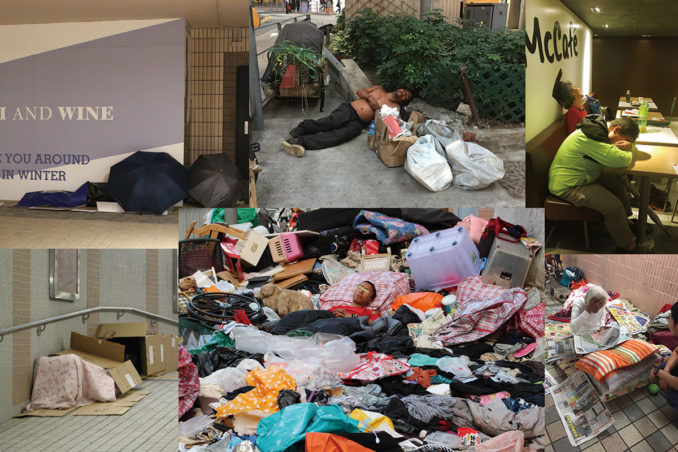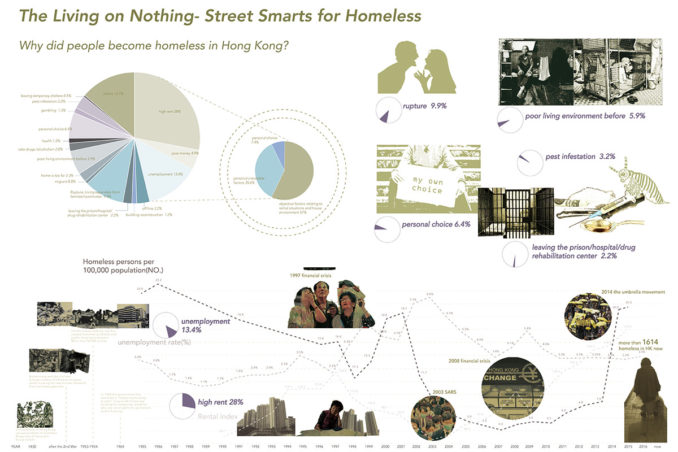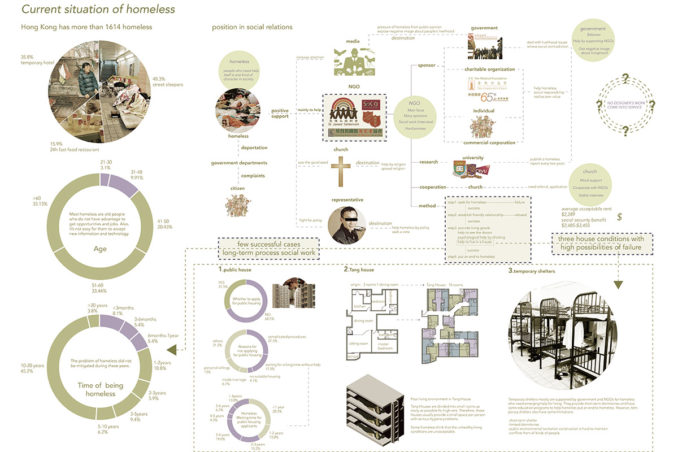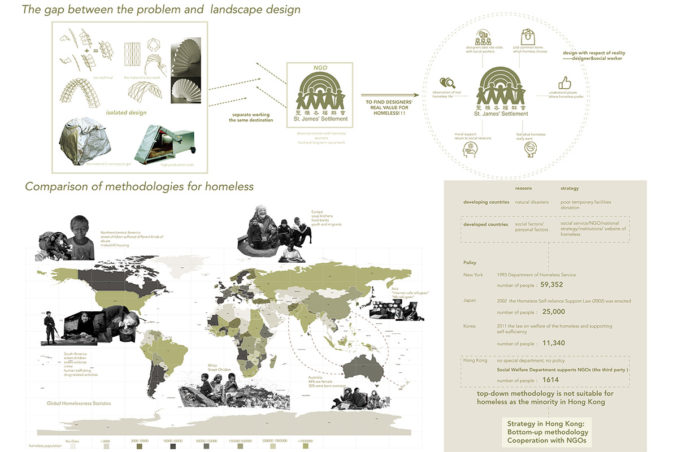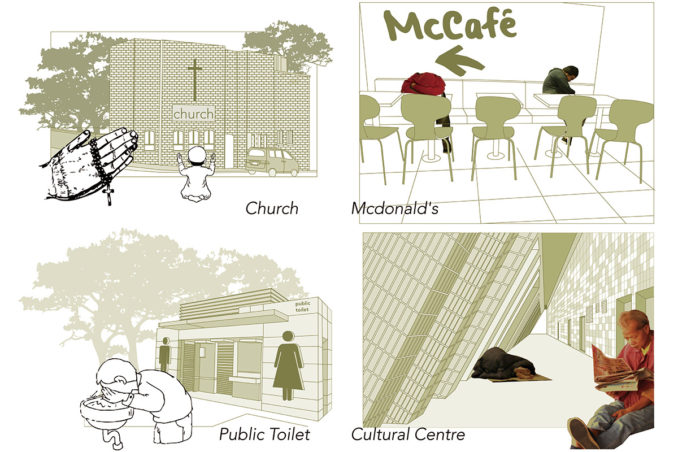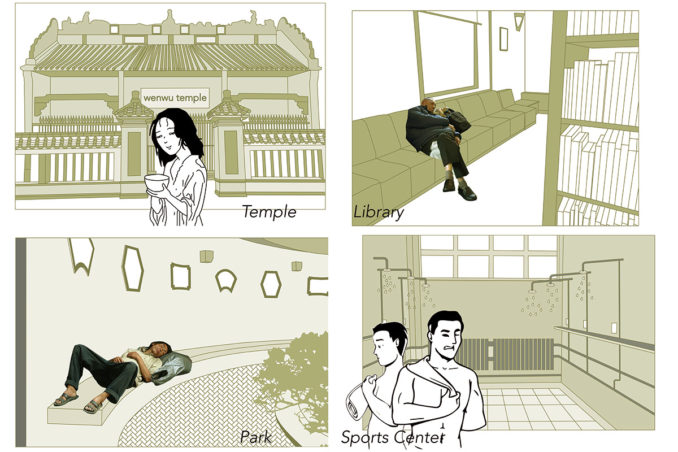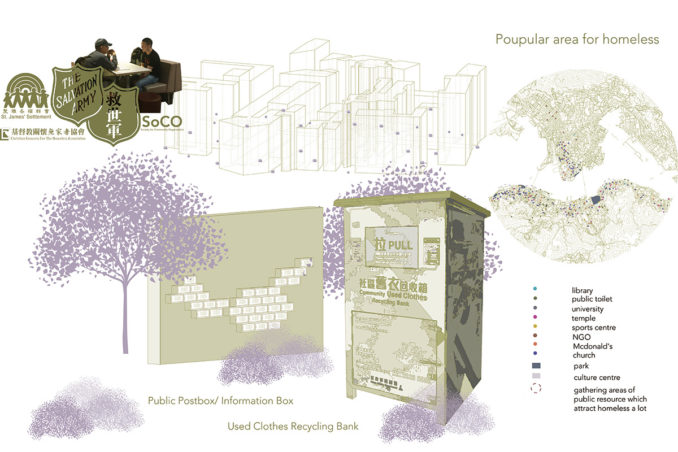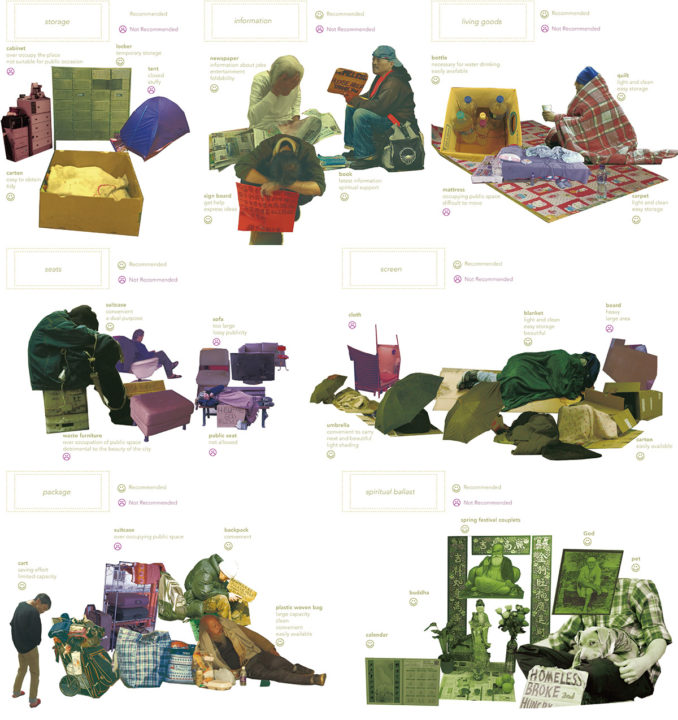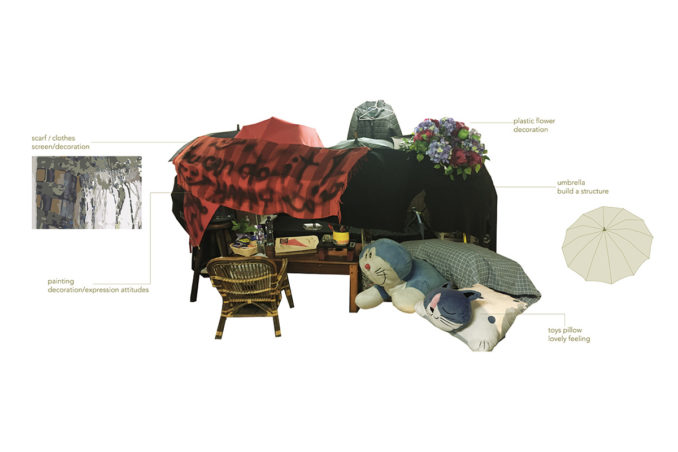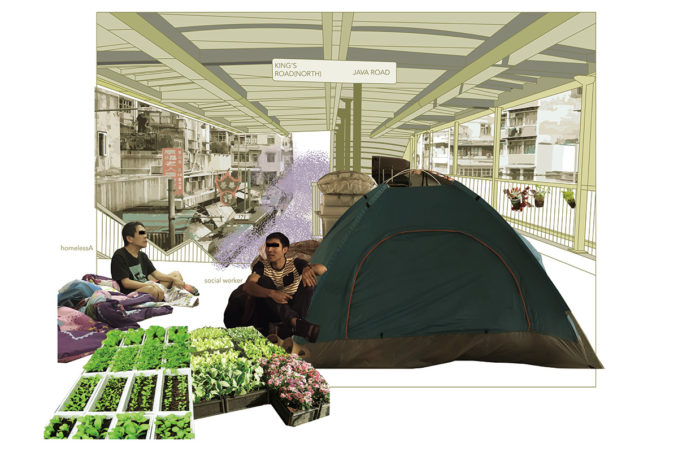In terms of different proportions of each reason, we can conclude that 66% of homeless are affected by objective factors relating to rental situations and house environment, 26.2% of homeless are affected by personal factors, while 7.8% of homeless make their personal choices to stay outside. Therefore, housing and the economy have a great influence on this issue in Hong Kong.
The situation of the homeless in Hong Kong is not be fully mitigated through social workers’ everyday work. It is a big task for social work in terms of social welfare and relief but there is still a long way to go.
Government always play a role in this issue. When homeless people bother other citizens, the government receive complaints, which makes the government department make hem move along with their belongings. The focus of the media has increased pressure on the homeless in Hong Kong and shown a negative image of people’s livelihood. As a result, the government have provided social relief the for homeless through supporting special NGOs which devote themselves to the issue.
NGO have the main impact on the homeless problem as they devote themselves into the caring about homeless in Hong Kong. Any individual who wishes to help the homeless can participate in NGOs’ voluntary work each month. These NGOs are sponsored by the government, charitable organizations, individuals, commercial corporations. What’s more, NGOs also cooperate with universities to publish a homeless report every two years as they can report on the situation due to their ongoing visits to the homeless.
Designers have tried to address the homeless issue for many years, but almost no design idea have came to fruition. Most solutions focus on the design of shelters and luggage, while these should not be the key elements leading to the difficult life of the homeless. As a result, we can find most designs are isolated and not founded in reality. Designers and social workers have the same goal of helping the homeless, but they take different approaches. Social workers are seeking long-term goals for homeless whereas designers have not realized their own value in this issue. Since, the homeless are a very small group of people which includes 1614 people in Hong Kong. So top-down strategies are not suitable for homeless in Hong Kong. Designers have to find a bottom-up way approach and cooperate with social workers in NGOs.
A. LOCATION STRATEGY
Can we survive in urban space having nothing at all such as a homeless person?
A collection of places with public resource where homeless always choose to stay
Target
1. Spreading more resource knowledge to homeless and teaching them how to use the place in a suitable way.
2. As popular locations for homeless, NGOs can set public information points there about employment and renting.
3. In addition, homeless have a big problem of not receiving mail (government or other correspondence) without a personal address, so we could setup public mailboxes in areas where the homeless usually appear to provide this service.
The suggested location of the mail boxes is to locate them next to recycling bins such where homeless frequent. The homeless can also obtain necessary goods they need from these recycling bin. Now, social workers have to transfer the letters to homeless people instead. We can also set the public postbox in the areas which could also be suitable for all temporary people here.
Some homeless are not willing to show their situation directly, we can also provide information boxes in these popular areas where they hard sleep with some information about housing or employment. There could also be a message board in result to make an invisible connection between the homeless and social workers in order to promote their communications and connections.
B. ITEM STRATEGY
How to use public space without disturbing others?
A collection of items which homeless use
Teaching them to choose the suitable items
The homeless still celebrate religions and festivals the same as normal people. These items with cultural characters can make a friendly feeling for common people and make a closer relationship with strangers who have the same culture belief. Pets and calendar have the similar functions. All of these cultural items are recommended as the spiritual being of the homeless.
C. MENTAL STRATEGY
How to let homeless integrate into society mentally?
changing the appearance of the homeless and creating a sense of exchange form of labours for them.
Target
1. Reducing rejection from others and creating friendly feelings.
2. Helping homeless to find the sense of labour and responsibility.
3. Using landscape to beautify the city and making up for the disadvantages homeless have.
In the end, I think the strategy allowing the homeless to use spaces for labour and growing plants could improve the urban appearance and public spaces. For most of the time, landscape is a leading part in a project, however, space planning is like a powerful catalyst and assist of this hard long-term social work. Also, the invisible power of culture and belief could be a significant part of urban life.
Credit:
St. James’ Settlement Integrated Service Team for Street Sleepers
(The NGO support my visit and interviews during the research)
Statistic:
Dr. Au Liu Suk Ching, Constance Ching. “The H.O.P.E. HK 2013″City-Youth Empowerment Project Department of Applied Social Studies City University of Hong Kong, 2014.
黃洪, 全港無家者人口統計行動問卷調查主要結果, 香港中文大學社會工作學系, 2015年.
Student | YANG Ming
Masters of Landscape Architecture – Hong Kong University

